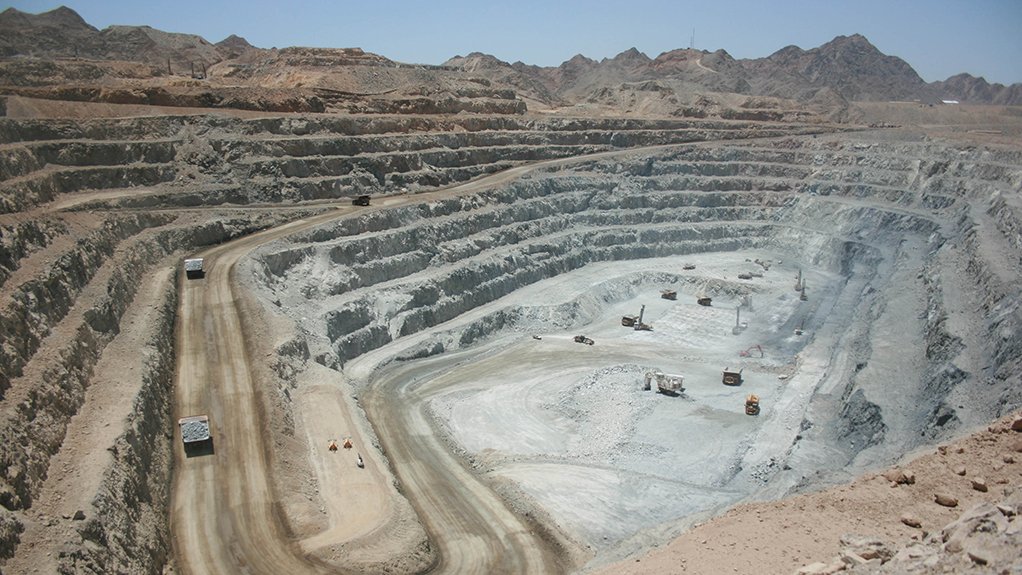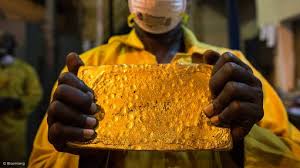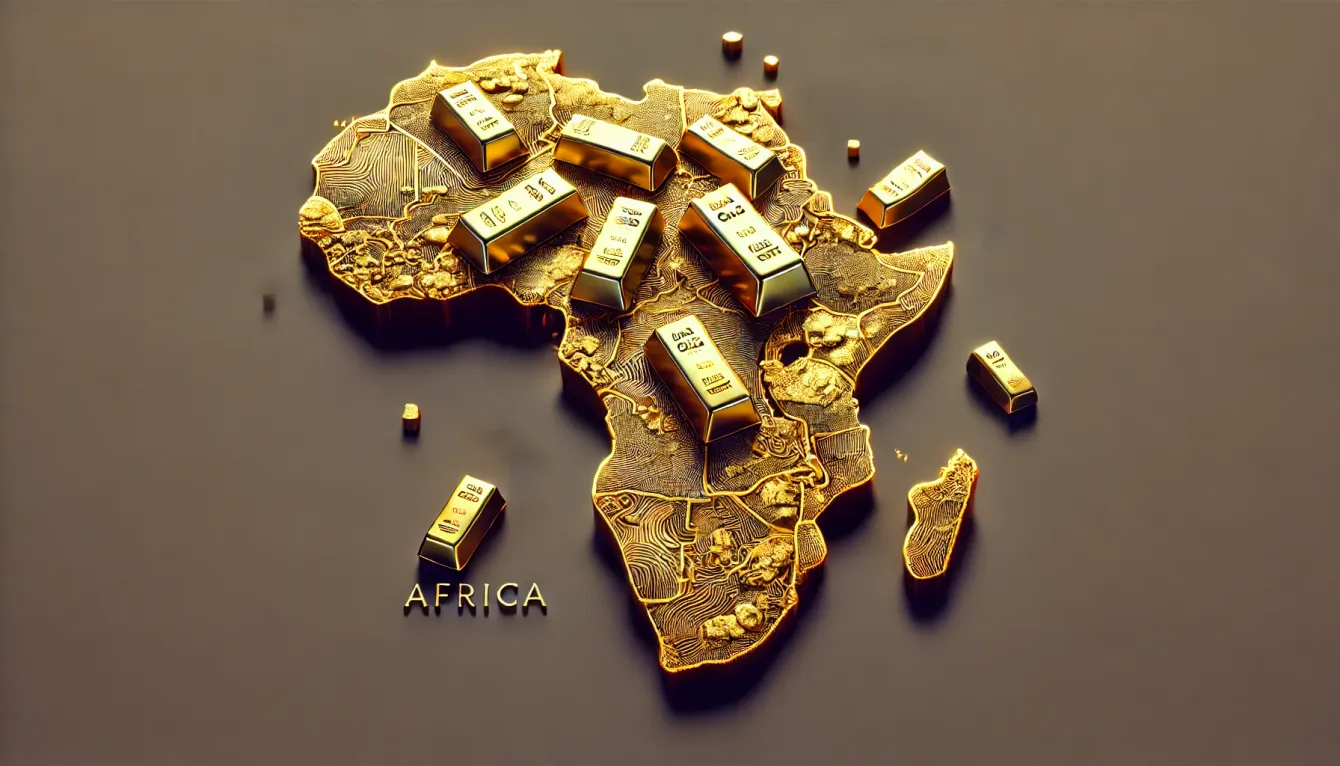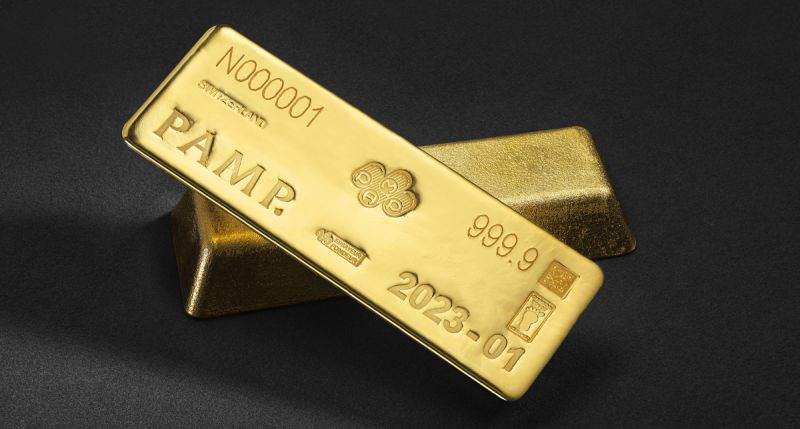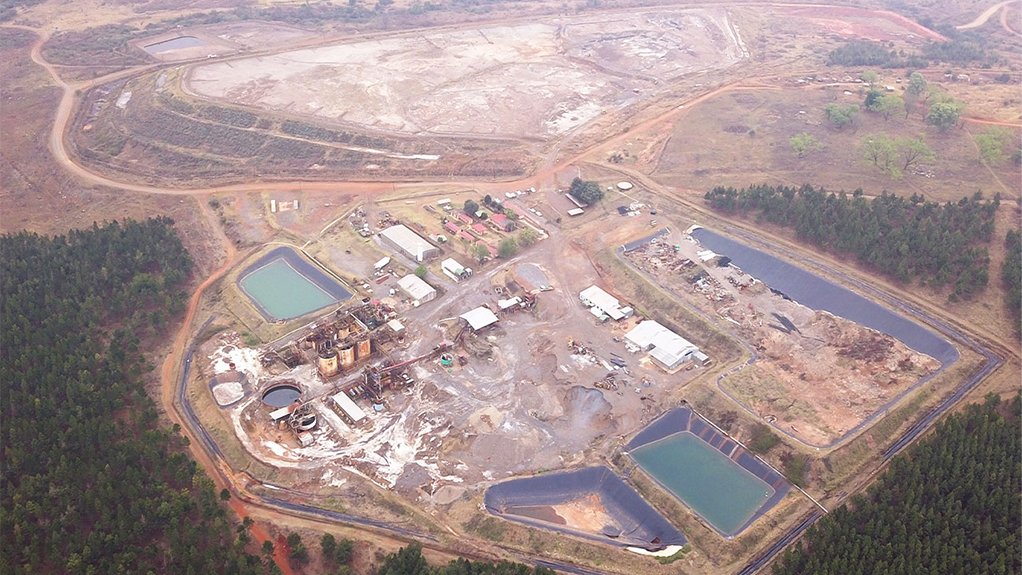Precious Metals

Dubai 24-carat gold price today falls to AED396.75, sees weekly loss on stronger dollar
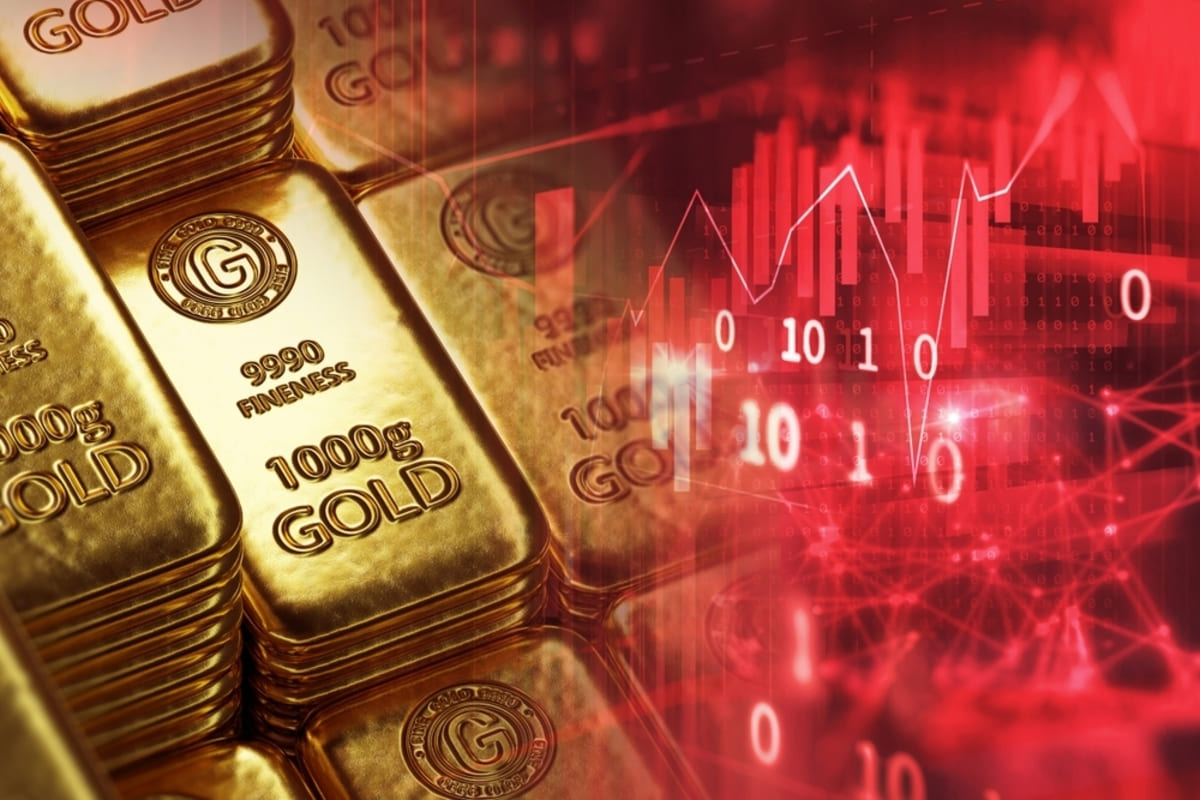
Gold prices remained steady on Friday, yet they were poised for a weekly decline as the influence of a stronger dollar overshadowed the support stemming from trade uncertainties linked to U.S. tariffs.
In Dubai, gold rates saw a decline, with 24-carat gold dropping by AED1.5 to AED396.75, and 21-carat gold also falling by AED 1.5 to AED 367.50. Additionally, 21-carat gold decreased by AED1.25 to AED352.50, while 18-carat gold fell to AED302.00
Spot gold held firm at $3,292.18 per ounce as of 04:24 GMT (currently trading above $3,296). The bullion has decreased by 1.3 percent so far this week.
Meanwhile, U.S. gold futures dipped by 0.2 percent to $3,342.10 (currently trading $3,348). The dollar index reached its highest point since May 29, which made gold more expensive for holders of other currencies.
New tariffs imposed
The Federal Reserve maintained interest rates steady within the 4.25 percent to 4.50 percent range on Wednesday, dampening expectations for a rate cut in September.
On Thursday, Trump signed an executive order imposing “reciprocal” tariffs varying from 10 percent to 41 percent on imports from numerous countries and foreign locations in advance of a Friday trade deal deadline. He raised duties on Canadian goods from 25 percent to 35 percent for all products not included under the U.S.-Mexico-Canada trade agreement, while granting Mexico a 90-day reprieve to negotiate a more comprehensive accord.
In the meantime, U.S. inflation rose in June as tariffs on imports began to drive up the costs of certain goods. Attention now turns to U.S. jobs data expected later in the day for further insights into the Federal Reserve’s rate-cut trajectory. Gold typically thrives in a low-interest rate setting, as it is a non-yielding asset.
Spot silver declined by 0.3 percent to $36.63 per ounce, platinum remained steady at $1,288.70, and palladium increased by 0.4 percent to $1,195.91. All three metals were trending towards weekly losses.
Fed’s rate decision
Recent data from the U.S. Bureau of Labor Statistics indicate that annual U.S. inflation rose to 2.7 percent in June 2025, up from 2.4 percent in May, with core inflation (excluding food and energy) up 2.9 percent year-over-year. The uptick is directly linked to tariffs introduced under President Trump, with the Labor Department highlighting notable price increases in imported goods categories such as appliances, apparel, toys, and sporting goods. The CPI data and inflation commentary can be consulted in the official June 2025 report from the U.S. Bureau of Labor Statistics and reported by media outlets such as the Associated Press and Fortune.
The Federal Reserve, according to its July 2025 policy statement, maintained the federal funds rate in the 4.25 percent to 4.50 percent corridor, citing stubborn inflation as the primary reason for holding off on further rate cuts. Fed Chair Jerome Powell stated the central bank is moving cautiously, assessing both ongoing inflationary pressure and the potential impact of tariffs before adjusting policy further. The committee’s Summary of Economic Projections now anticipates rates to end 2025 just 0.5 percent below current levels rather than a full percentage point lower as previously expected.
Dollar index surge
On the currency front, the U.S. dollar index climbed to 99.949 as of August 1, registering its first monthly gain in 2025. The move was propelled by the Federal Reserve’s hawkish stance and underlying economic resilience, as reported by Channel News Asia and IG Group analysts.
Gold’s price action in July 2025 has been volatile. After touching an all-time high of $3,499 in April, prices have consolidated closer to $3,233–$3,389 per ounce in late July, based on data tracked by the World Gold Council, Fortune, and Gold Price. The World Gold Council’s Mid-Year Outlook 2025 notes gold has risen 26 percent in U.S. dollar terms during the first half of 2025, reflecting a historic run fueled by central bank accumulation, investment demand, and geopolitical stress. However, rising U.S. rates and a stronger dollar are tempering momentum in the latter part of July.





